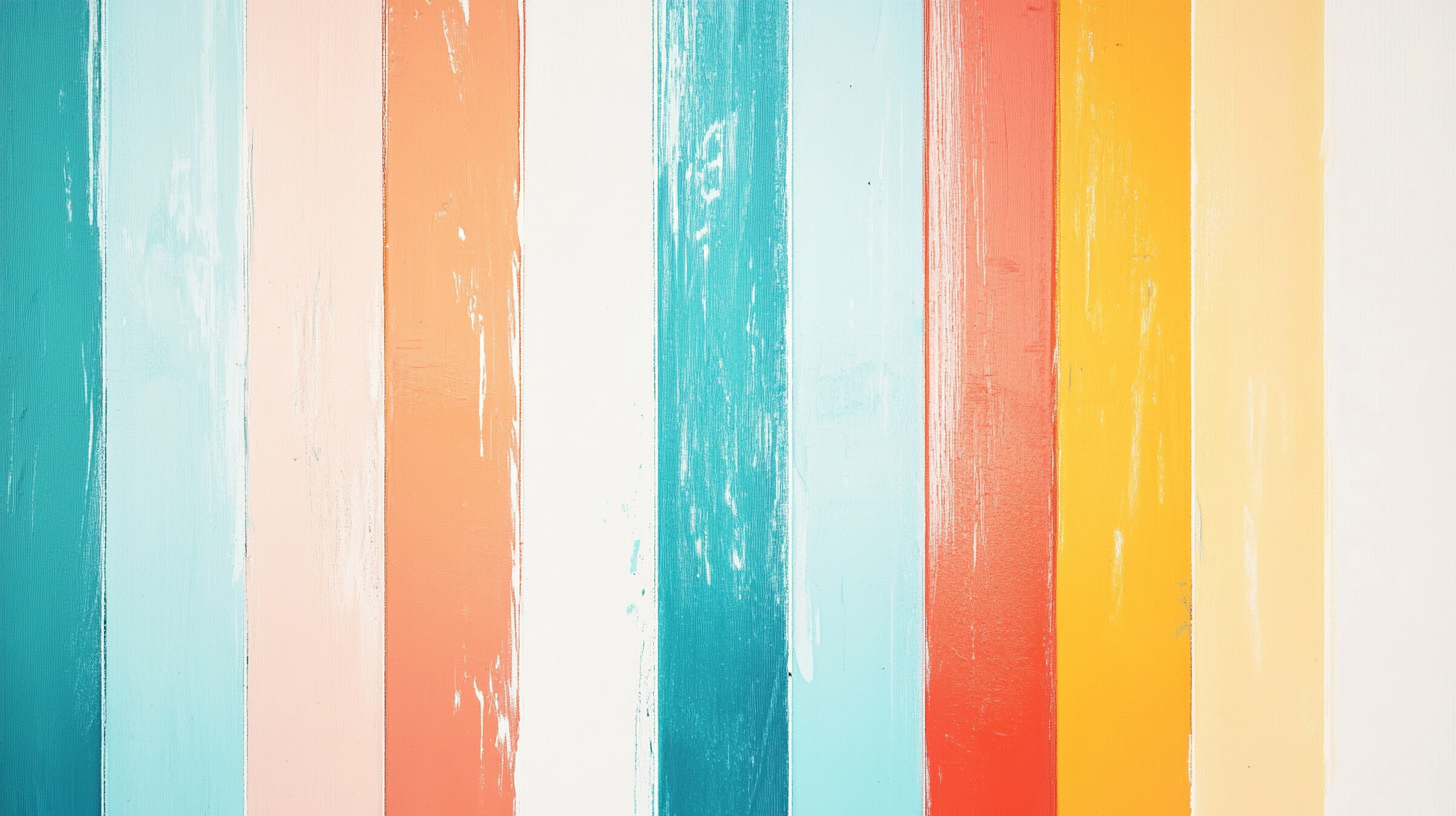Color means the look of something like red, blue, or yellow.
以下は英単語 “color” に関するストーリー型学習コンテンツです。まずは大枠の意味を理解して最後の文章で確認しましょう。
主な意味(main meaning)
| 品詞 | 意味 | 発音記号 | 英語例文 |
|---|---|---|---|
| 名詞 (noun) | 色 | /ˈkʌlər/ | She chose a bright color for her dress. |
| 動詞 (verb) | 色を塗る、染める | /ˈkʌlər/ | He colored the picture with crayons. |
| 形容詞 (adjective) | 色のある、カラフルな(米国用法) | /ˈkʌlər/ | I like color TV better than black and white. |
語源(etymology)
「color」はラテン語「color(外観、色)」から来ており、「見た目に影響を与えるもの」が核のイメージです。
類義語(synonyms)
| 類義語 | 英語例文 |
|---|---|
| hue | The artist mixed different hues to create the perfect shade. |
| shade | She painted the room in a soft shade of blue. |
| tone | This painting has a warm tone. |
| tint | He added a slight tint of red to the wall. |
| pigment | Natural pigments are often used in makeup. |
反義語(antonyms)
| 反義語 | 英語例文 |
|---|---|
| colorlessness | The room had a feeling of colorlessness with its plain white walls. |
| monochrome | The old photo was in monochrome, not color. |
コロケーション(collocations)
| コロケーション | 英語例文 |
|---|---|
| bright color | She wore a dress in a bright color. |
| color scheme | The kitchen has a modern color scheme. |
| favorite color | My favorite color is green. |
| color palette | The designer chose a soft color palette. |
| lose color | His face lost color when he heard the news. |
2項表現(binomials)
| 2項表現 | 英語例文 |
|---|---|
| black and white | I like old black and white movies. |
| red and blue | He used red and blue pencils for the drawing. |
英語ストーリー(english story)
Title: The Power of Color in the Office
When Emma started working at the design company, she noticed how dull the office looked. The walls were gray, and there was no artwork. Everything lacked color. Emma believed that color could change people’s mood. She remembered reading that bright colors like yellow and orange can make people feel more energetic.
One day, she asked her manager if she could decorate the meeting room. “I want to bring in some warm tones,” she said. Her manager smiled and agreed. Emma painted the walls with a soft shade of blue and added red and blue chairs. She also hung colorful paintings to brighten up the space.
After the makeover, everyone noticed the difference. “I feel more awake during meetings,” one coworker said. The new color scheme created a friendly and creative atmosphere.
Emma learned that color, like a favorite hue or a warm tone, could really change how people feel. She even gave a small talk on the importance of color in the workplace, using examples of different tints and pigments.
Her manager was so impressed that he asked Emma to help design other rooms. From that day on, Emma became known as the “color expert” in the office.
和訳
タイトル:オフィスの中の色の力
エマがデザイン会社で働き始めたとき、彼女はオフィスがとても味気なく感じました。壁は灰色で、アートもありませんでした。すべてが色に欠けていました。エマは「色が人の気分を変えられる」と信じていました。明るい色、たとえば黄色やオレンジが、人を元気にするという話を思い出しました。
ある日、エマは上司に「会議室を飾ってもいいですか?」と尋ねました。「暖かいトーンを入れたいんです」と言うと、上司は笑顔でOKを出しました。エマは壁を柔らかい青に塗り、赤と青の椅子を置きました。そして色とりどりの絵も飾りました。
模様替えの後、みんなが違いに気づきました。「会議中、前より目が覚めてる感じがする」と同僚が言いました。新しい色の組み合わせが、親しみやすくて創造的な雰囲気を作り出していたのです。
エマは、好きな色や暖かい色のように、「色」が人の気持ちを本当に変えることを学びました。彼女は職場で色の大切さについて話す小さなプレゼンもしました。いろんな色調や顔料について例をあげながら話しました。
上司はとても感心し、他の部屋のデザインもエマに頼みました。その日から、エマはオフィスの「色の専門家」として知られるようになったのです。



コメント